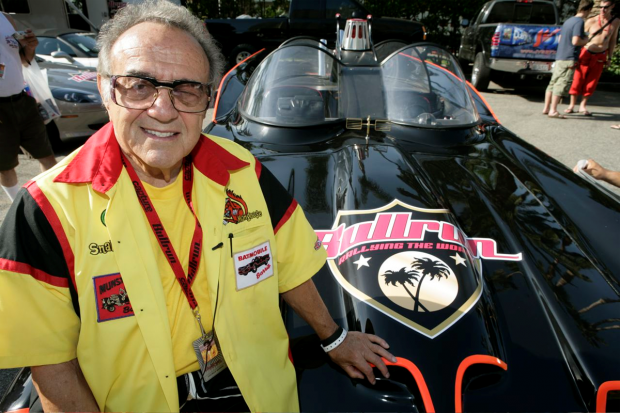
The renowned custom car designer and creator of the original Batmobile, George Barris, has died. He was 89.
Barris' love affair with cars can be traced back to his teenage years when, working with his brother Sam in a local Greek restaurant, their hard work was rewarded with a 1925 Buick, which the pair quickly customised and sold. The proceeds went towards a 1929 Ford Model A, which in turn led to the formation of the Kustoms Car Club.
Following high school, Barris moved to Los Angeles and opened a custom car garage, where Sam joined him after a stint in the navy. After relocating once more to Compton, the pair settled in Lynwood, where they built the 'Hirohata Merc' – a 1951 Mercury belonging to their part-time worker, Bob Hirohata, which was celebrated at the Pebble Beach Concours d'Elegance earlier this year.

By 1956, Sam had left the business, leaving George to continue with Shirley Nahas, who became his wife two years later. Shortly after, Barris' creations began to appear on the silver screen, starting with High School Confidential in 1958 and leading on to The Silencers (1966), Fireball 500 (1966), Thunder Alley (1967) and The Car (1977).


